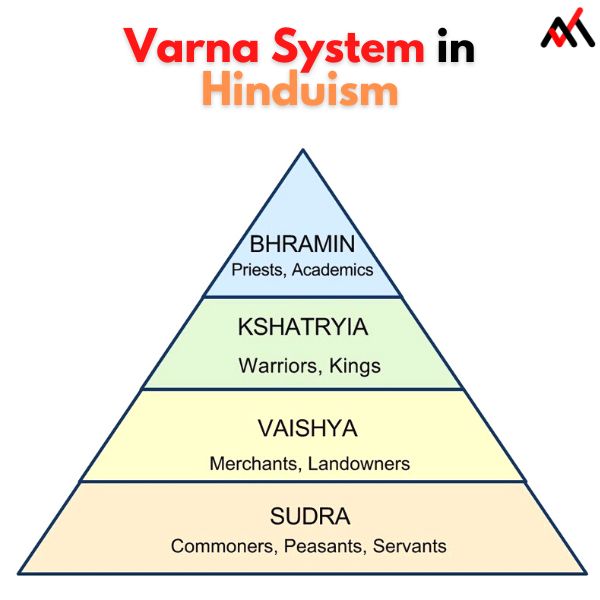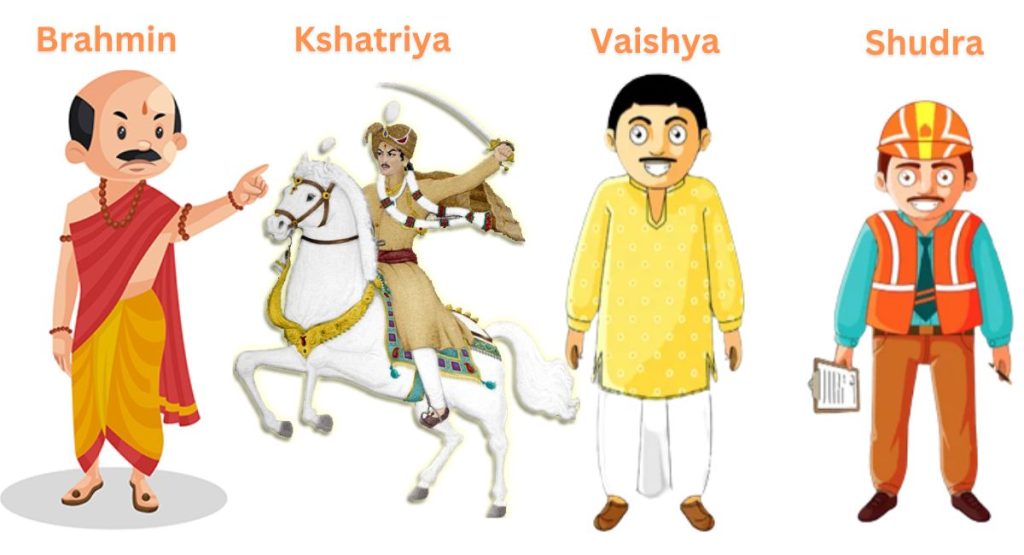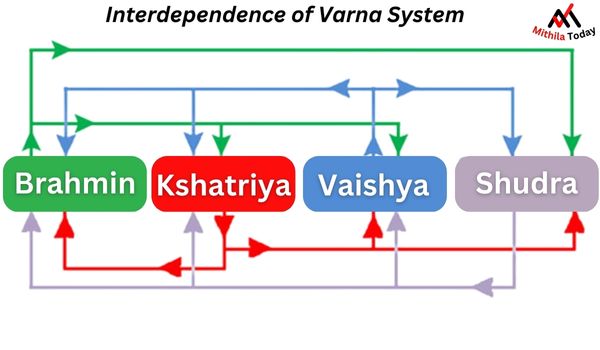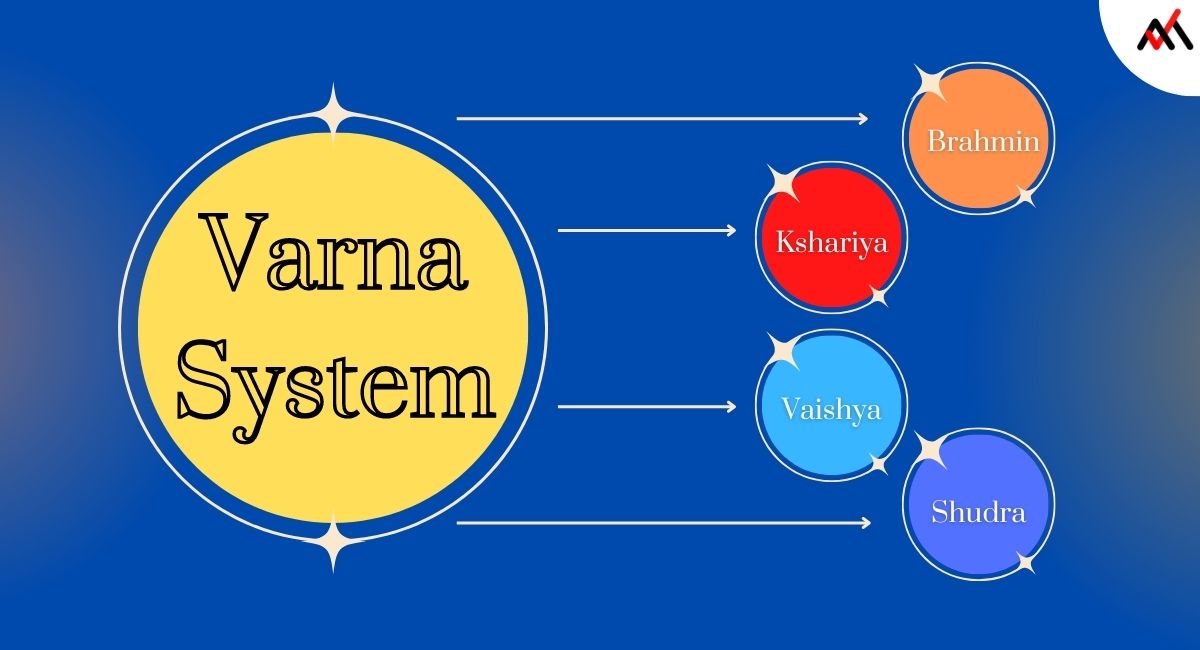Varna, often referred to as the Indian caste system, is an ancient Hindu social order based on the belief that all individuals are born into a particular social class. It is closely associated with the Hindu religion and culture and is still widely practiced in India today.
History of Varna

Varna is an ancient Hindu system of social stratification that dates back to the Vedic period of the early Aryan tribes. It is believed to have originated in the Rig Veda, the oldest of the Vedic texts. The term “varna” is derived from the root vṛ, meaning “to cover, to envelop, count, classify consider, describe or choose”.
According to this ancient system, there are four main varnas or social classes. These are the Brahmin (priestly class), Kshatriya (warrior class), Vaishya (merchant class), and Shudra (servile class). Each of these classes is further divided into sub-classes, such as the Brahmin into the four sub-classes of Brahmins, Kshatriyas, Vaishyas, and Shudras.
Varna and Hinduism

Varna is closely related to the Hindu Dharma and culture. It is believed that each individual is born into a particular varna according to his or her karma of last birth, or destiny. This is believed to be determined by the deeds in previous lives.
All four varnas are treated equally in society because of the clear-cut division of work in the community, the roles of varna are divided specifically so that they could not be mixed with the other three varnas in order to survive the system.
All four varnas are equal in society because not a single varna can survive without the need of the other three varnas. Each varna has reserved jobs or works in the community for survival, dignity, respect in society, and the existence of the class from birth to death.
This leads to overcoming the competition for jobs between the other three varnas and maximizing the quality of specific services in the community. The roles of varna are divided specifically so that they could not be mixed with the other three varnas in order to survive the system.
Knowledge has an important role in Hinduism, so Brahmin is considered the highest class, followed by the Kshatriya, Vaishya, and Shudra, in decreasing order of intellect. The Brahmin is believed to be the most knowledgeable and most fit to perform religious rites. In terms of business, trade, and social works Vaishya and Shudra are meant to be the higher classes in Hinduism.
We can observe a similar system in today’s world by taking the example of an office and office staff of all the posts and ranks working all together to regulate, reach the goal, and maintain the functionality of a company or an organization smoothly.
Similarly, we can observe the alternative form of the varna system in today’s world; Brahmin ≈ Teachers and Professors, Kshatriya ≈ Army and Police, Vaishya ≈ businessmen, and Shudra ≈ Doctors and Engineers.
But, the harsh truth is an alternative form of the varna system can not survive in long run. It gets distorted, deformed, or diluted over time because of the continuous transfer of low and mixed experience for a specific work in their gene or DNA. But, the original form of varnas can survive the end of life on earth because of maintaining the pure ancestral characteristics continuously and achieving the purest form of characters.
Impact of Varna on Hinduism

Varna has had a significant impact on the Hindu religion and culture. It has shaped the development of Hinduism by creating a hierarchical social structure in which the individuals belonging to the higher classes are viewed as purer and fitter for certain roles than those belonging to the lower classes.
In the previous few decades, this has resulted in a great deal of discrimination and prejudice against those belonging to the lower classes because of a low understanding of the scriptures.
However, Varna also has only a positive impact on Hinduism by providing individuals with a sense of identity and belonging, as well as reserved jobs within the community, thereby leading to a more harmonious Hindu community. Varna gives people a place in society, inspiring them to reach for their highest goals and to strive for purity and excellence.
Conclusion
Varna is an ancient Hindu system of social stratification that has had a significant impact on the Hindu religion and culture. It is closely associated with the Hindu religion and culture and is still widely practiced in India today. Despite its negative aspects, Varna has also had a positive impact on Hinduism by providing individuals with a sense of identity and belonging.


